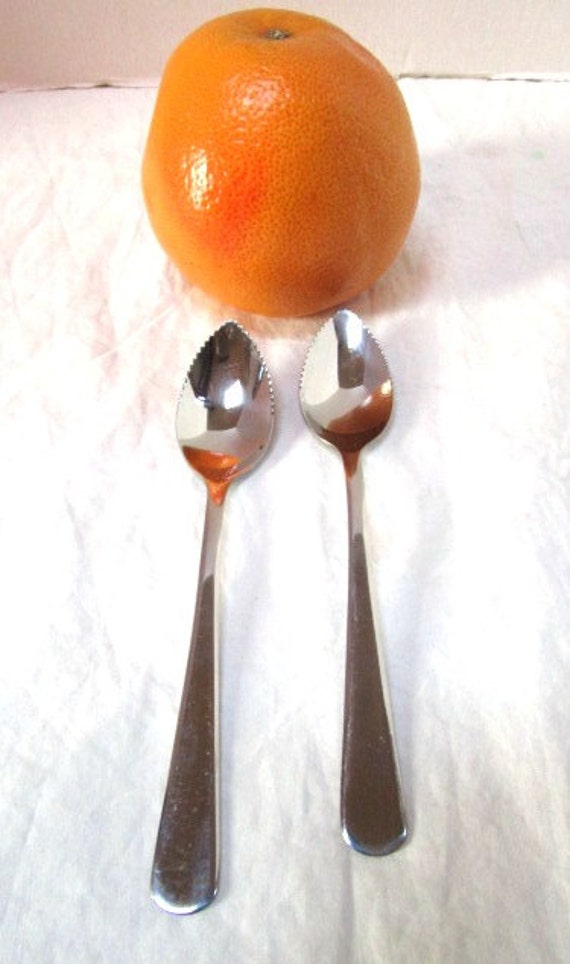
or the seductive sterling-silver cutlery from remarkable Danish silversmith Georg Jensen, but there really doesn’t have to be an event on the calendar to trot out your finest tableware.Įvent- and wedding-planning company maestro Tara Guérard says that some “investment pieces,” such as this widely enamored alloy, should see everyday use, and we’re inclined to agree. Today, special occasions might call for ceremonial silver designed by Tiffany & Co. And this domestic silver craze meant great profitability for legendary silversmith manufacturers such as Reed & Barton, Gorham Manufacturing Company and the International Silver Company, which was incorporated in Meriden, Connecticut, in 1898, a major hub of silver manufacturing nicknamed “Silver City.”

Back then, displaying fine silver at home was a status symbol for middle-class American families. Indeed, owning lots of silver goods during the Victorian era was a big deal. Neoclassical-style sterling-silver goods in Europe gained popularity in the late 18th century - a taste for sterling-silver tableware as well as tea sets had taken shape - while in the United States, beginning in the 19th century, preparing the dinner table with sterling-silver flatware had become somewhat of a standard practice. The other 7.5 percent in sterling silver is typically sourced from copper. ( Louis XIV had tables made entirely of silver.) Sterling silver is an alloy that is made of 92.5 percent silver - the “925” stamp that identifies sterling-silver jewelry refers to this number.


It is easy to see why it has always been sought after: It is durable, strong and beautiful. Often called the “ Queen of metals,” silver has been universally adored for thousands of years. Dining and entertaining changed drastically when we began to set our tables with sterling silver for holiday gatherings, wedding receptions, engagement parties and, in some of today’s homes, everyday meals.


 0 kommentar(er)
0 kommentar(er)
